No Vacation from Coatings!

Photo by Kristin Johansson
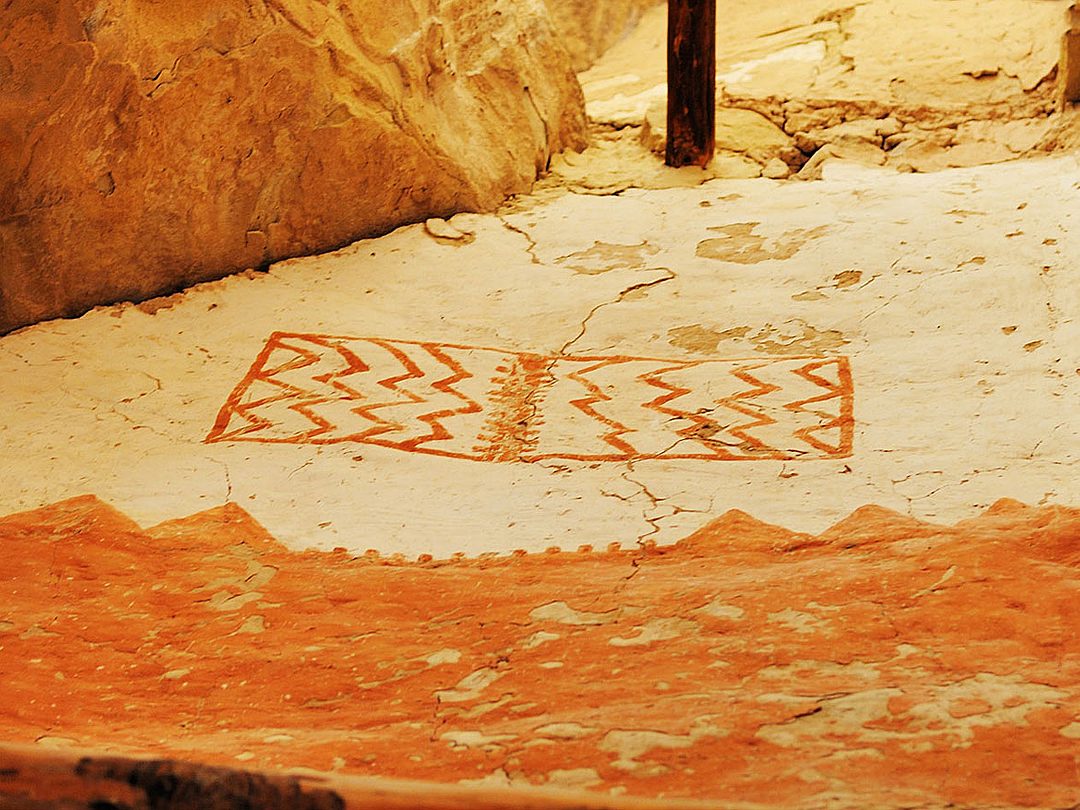

Photo by Kristin Johansson
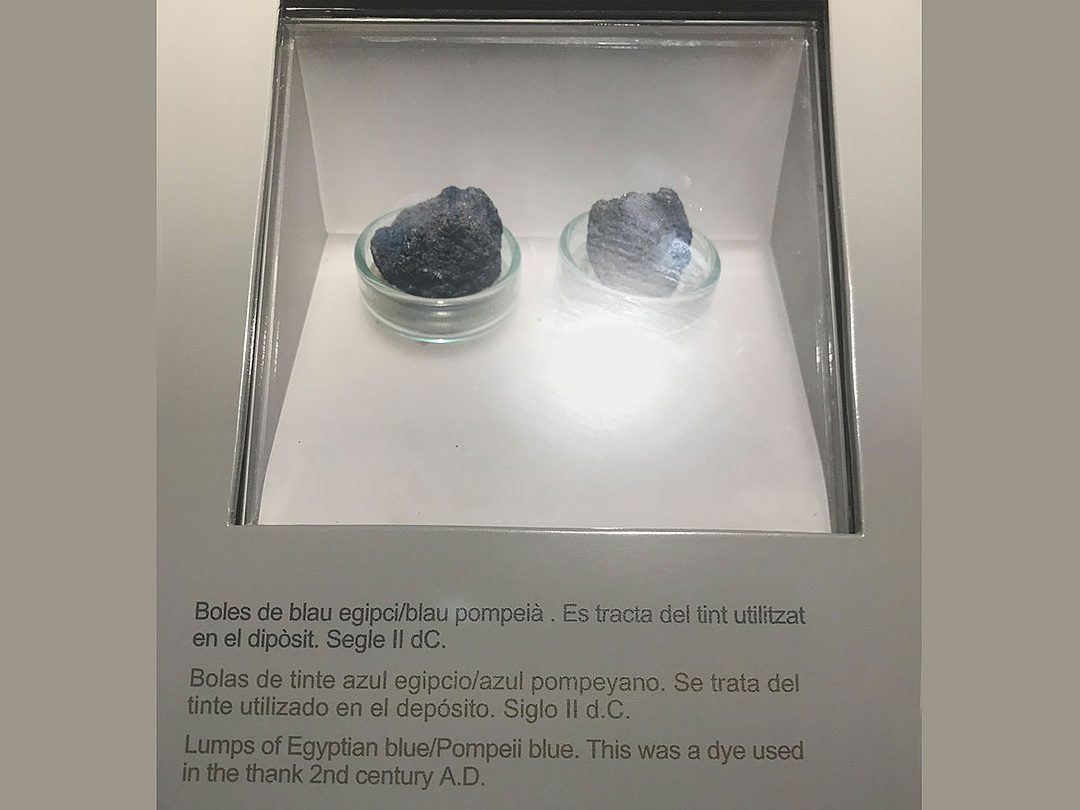
Photo by Kristin Johansson

Photo by Kristin Johansson
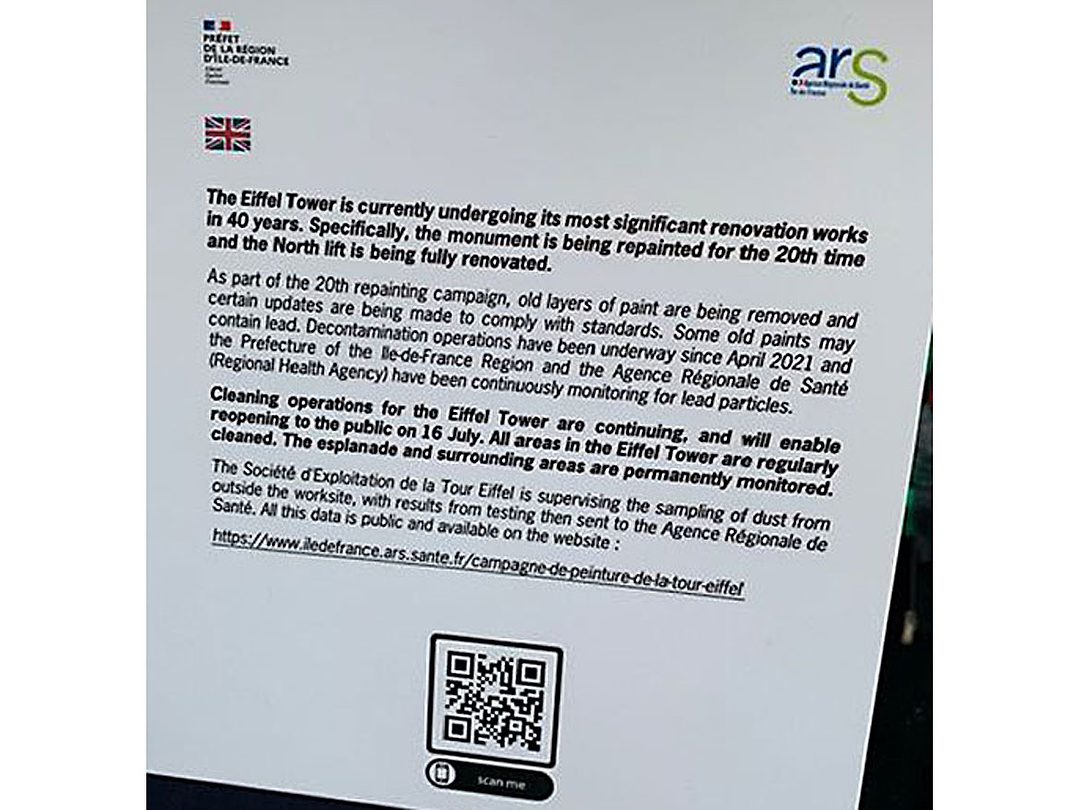
Photo by Kristin Johansson
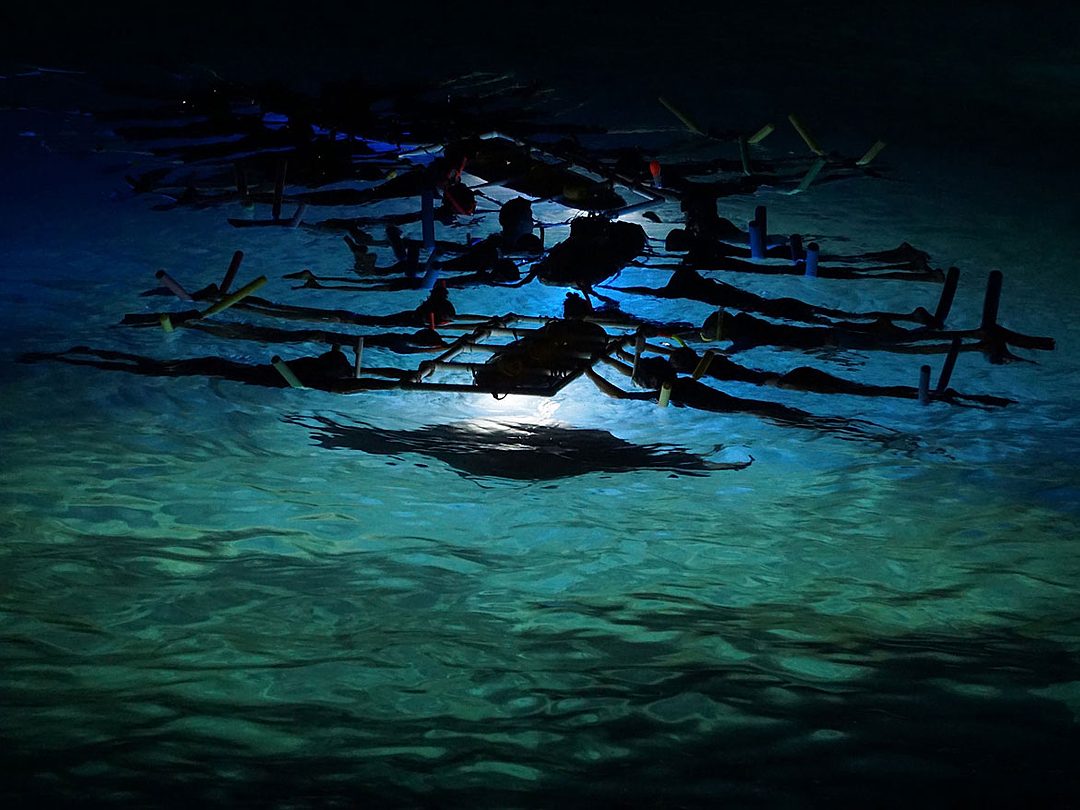
OntheRunPhoto, iStock / Getty Images Plus via Getty Images

Journey, Creatas Video+ / Getty Images Plus, via Getty Images
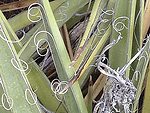


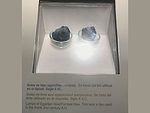

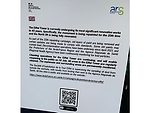


During several vacations over recent years, I have found that the world of coatings follows me wherever I go. I thought I would share some examples with you this month. In Colorado’s Mesa Verde National Park in 2014, I saw the ancient Native American paintings on pottery, fabric, and the walls of their cave dwellings that date back to the 12th Century. I learned that their paint was made of clay, organic materials and minerals. Our guide also pointed out the variety of plants that they used as brushes - one of which you can see in the photo above.
In 2019, I visited the Barcelona History Museum in Spain, where I toured the underground Roman ruins of the original city, called Barcino. One area of this ancient site was once a public laundry. Archeologists unearthed Egyptian blue and iron oxide pigments that were used to dye clothing here over 2,000 years ago. I was excited to see these products, as versions of them are still used in coatings today!
When I visited the Eiffel Tower last year, it was being repainted gold for the upcoming 2024 Olympics - its most significant renovation in 40 years. I decided to do a little research on the Eiffel Tower’s website, and discovered an entire page dedicated to its painting projects through the years. I learned that it is fully repainted every seven years, and that this schedule was recommended by Gustave Eiffel himself to ensure the protection and integrity of the puddle iron used in its construction. The painters still work using traditional methods dating back to Eiffel’s day – primarily painting by hand. This most recent paint campaign is more significant because old layers of paint (which may contain lead) are being removed, and certain updates are being made to comply with standards. What an interesting story it would be to research the different coating technologies used to paint this iconic structure since it was erected in 1887!
The coatings vacation trend continued on a recent late-night night excursion snorkeling with manta rays in Hawaii. Once in the water, our guides instructed us to lay face down with outstretched arms and hold onto handles attached to a surfboard. Lights had been mounted on the underside of the surfboard to attract the plankton that the rays feed on. Our legs were supported by a pool noodle placed beneath our knees. We were told that this horizontal position was important so that we wouldn’t touch the manta rays since we could damage the special coating on their skin that serves as their immune system and protects them from bacteria that could otherwise harm them. There it was…another coatings connection!
We soon discovered why we needed to be floating like this on the water’s surface – we had no idea how hard it would be to not touch the rays! Not long after we were in position, three 15-foot manta rays came up from the darkness with mouths wide open. When they were within a few feet of us, they gracefully turned upside down and skimmed their undersides within inches of us and the surfboard, eating the plankton that were drawn to its lights. We all tried to shift out of their way, but they got so close to us that they frequently brushed up against our arms or faces. Hopefully no manta ray special purpose coatings were damaged during the experience! I shared some stock images above to help visualize the experience.
I love travelling the world and discovering the countless ways that coatings, their raw materials, and the products used to apply them have been used throughout history. I enjoy learning how they intermingle with nature, and how they have evolved over time. Coatings are everywhere... I guess I need to book another trip to keep this trend going!








